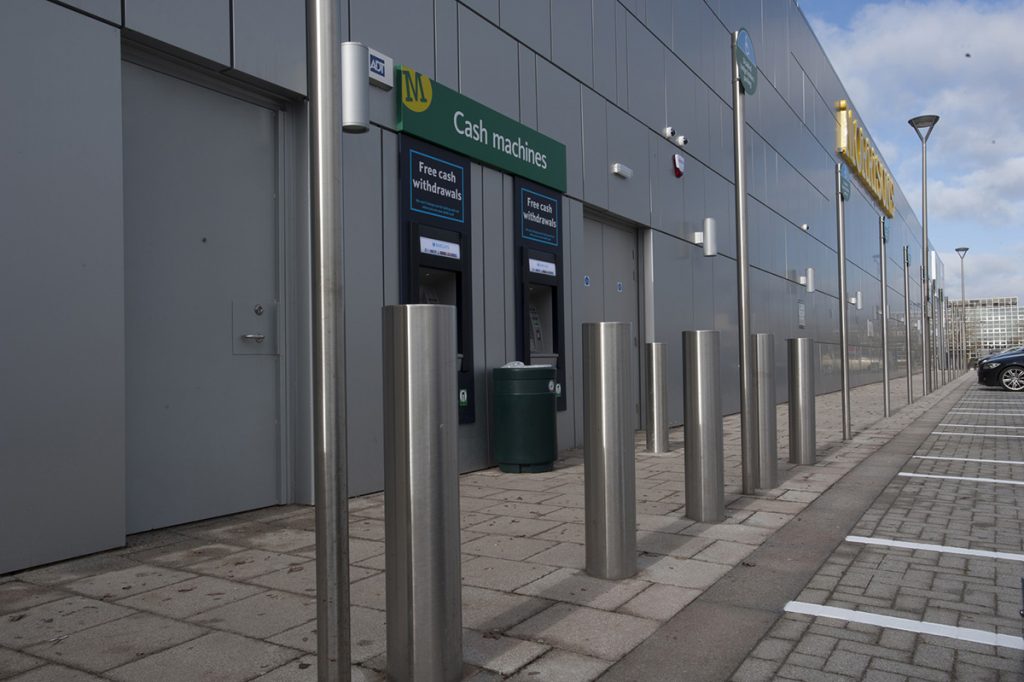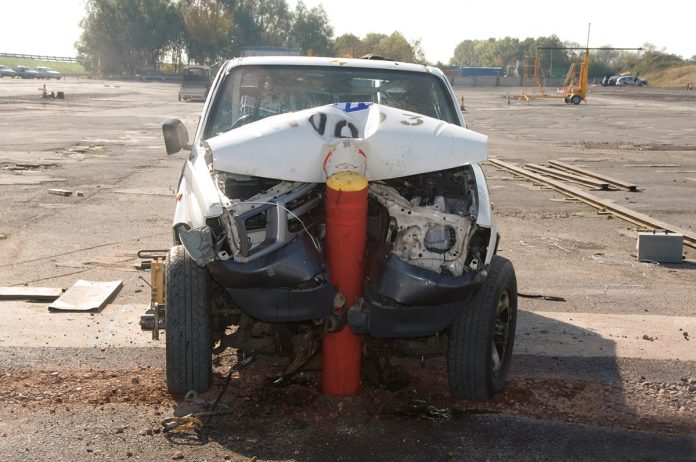Government organisations are increasing their emphasis on protecting highly populated urban areas and infrastructure from different types of vehicle attack with physical perimeter security. Jaz Vilkhu, Marshalls’ Managing Director of Landscape Protection, argues that for the first time, the new PAS 170 standard will offer assured products to secure against criminal threats and accidental impacts
Protecting people and infrastructure is, unsurprisingly, now a core consideration for planners and security advisers in planning new and existing buildings, public spaces or events, whether that’s to protect against a vehicle-borne terror attack, an accidental collision or a criminal ram raid targeting commercial property.
Both major city councils and district and borough authorities have increased their focus on security measures that can mitigate against these incidents, and Marshalls has seen a growing number commission and install protective street furniture manufactured to the British Standard Institution’s (BSI) PAS 68 and IWA 14.1.
Incorporating this type of security measure is an essential part of protecting people, places and infrastructure. But it is equally important that the type of product installed is proportionate to the threat. In many situations, such as in car parks or outside an ATM, local authorities may only need security products that mitigate against low speed passenger vehicles and not those manufactured to the highest specifications.
Delivering a more cost-effective protective solution
Up until now, ‘anti-ram’ has covered these lower rated products. But a tested and proven standard that provides an assured security product for this level of threat didn’t exist. To meet this need, the government has introduced PAS 170, a new series of requirements that will transform how local authorities can protect against the vehicle threat from criminal and accidental impacts.
As opposed to PAS 68 and IWA 14.1 where the testing weights typically range from 1.5 tonnes to 7.5 tonnes for speeds of either 30, 40 or 50mph, PAS 170 delivers a testing standard for vehicles of up to 2.5 tonnes travelling at between 10 and 20mph.
This difference means that street furniture manufacturers can conduct a greater number of product tests, using a wider range of vehicles and speeds, which can provide an organisation more choice in picking the right type of security product for a particular space.
Roger Knight, Marshalls’ Head of New Product Development and Engineering for Landscape Protection, said: “The knock-on effect of introducing PAS 170 is local authorities can now access more cost-effective, tested products for sites such as shop fronts, ATMs, car parks and high streets, where there is possibly only a need to specify security that can mitigate against incidents involving low speed passenger vehicles. In these situations, there could be no requirement to consider a product that can stop a 7.5-tonne articulated lorry travelling at 50mph.”

Protecting against the impact of ram raiding
This new standard will have a significant impact when it comes to negating ram raids against commercial property. The rise in vehicular crimes has seen a sharp increase in demand for anti-ram solutions. But until now, there was no testing standard available to assure buyers of what speed and weight this type of product could withstand and how they would perform.
PAS 170 will provide organisations with this assurance of proven performance for the first time and will also enable them to reduce their insurance premiums, given the security measures are accredited by a government standard.
While it offers greater flexibility in specifying security measures, this new requirement is not intended to replace any element of the full-scale vehicle impact test methods, which were created and designed to mitigate against a vehicle-borne terrorist threat using unmodified commercial vehicles. These standards – the latest Publicly Available Specification for security barriers used in hostile vehicle mitigation – are set by the Home Office and Office for Security & Counter-Terrorism, together with key agencies the Centre for the Protection of National Infrastructure (CPNI) and the National Counter Terrorism Security Office (NaCTSO). They were developed to help government organisations assure levels of protection against intentional or accidental vehicle impacts and ensure defences were customised to the risk profile of a specific site, such as a town square or high street.
Bespoke security products designed to PAS 170 requirements
Marshalls has a range of Rhino Anti-Ram bollards which are tested to PAS 170 and can be tailored to factor in landscape restrictions, such as a limited excavation depth or the requirement for lift assist to enable occasional vehicle access, depending on the site in question.
Retailers on the high street, specifiers and business owners more generally are concerned that large, intimidating barriers may create an environment of fear among the public, so aesthetics must also be a key consideration. Marshalls’ bollard cores have been developed and tested so that they can be specified at this standard with decorative sleeves in various materials to complement any surrounding area.
It’s vital that those responsible for shaping public spaces recognise that there is no one-size-fits-all response to the risks posed by intentional or accidental vehicle incidents. The threat level should govern the type of security that’s specified, and the new PAS 170 standard will provide specifiers and security professionals with more flexible, cost-effective options to secure their public spaces.
Abigail Kellett
Product Manager
Marshalls PLC
Tel: 01422 312000
www.marshalls.co.uk/landscapeprotection
Twitter: @MarshallsCom
Please note: this is a commercial profile.














